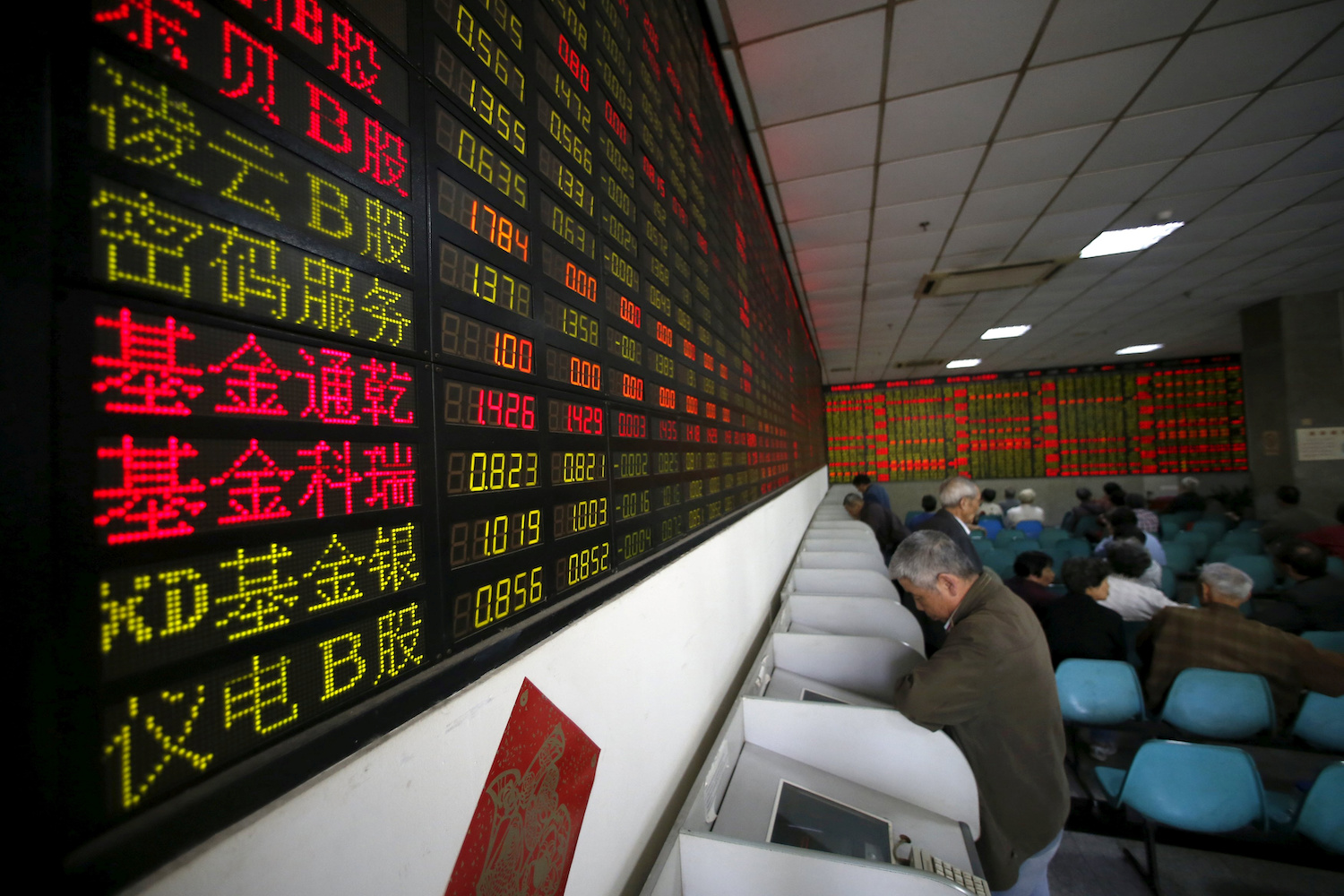(ATF) The FTSE Russell’s inclusion of Chinese government bonds in its flagship World Government Bond Index has been met with China’s decision to ease foreign access to its capital markets.
China’s Securities Regulatory Commission (CSRC), People’s Bank of China (PBoC), and the State Administration of Foreign Exchange (SAFE) announced last month they will combine the Qualified Foreign Institutional Investor (QFII) scheme and its yuan-denominated sibling, RQFII.
From November 1 foreign institutional investors will be able to invest in more asset types – including over-the-counter (OTC) securities on the New Third Board, private investment funds, asset-backed securities, financial futures, commodity futures, options, bond repo transactions, margin trading and securities financing on stock exchanges, and securities lending.
Previously, QFII investors could only invest in stocks and bonds on the stock exchanges, fixed-income products on the interbank bond market, and stock index futures.
CHINA ECONOMY: China’s top financial brass outline all reforms of 2020
The provision of more diversified investment tools will help foreign investors meet their risk-management needs and become more active in China’s securities and futures market, Hu An, an investment consultant from GF Futures, said in a note.
In particular, Hu expects the inclusion of government bond futures to meet foreign investors’ rising demand for managing interest rate risks.
“Foreign investment in Chinese government bonds has been increasing over the last few years, and now accounts for about 8% of the market.treasury bond futures will provide them with a more effective tool to manage interest rate risks,” she said.
The rules also lower the threshold for overseas applicants, relax documentation requirements, simplify the vetting process and ease the requirements for data submission. Compared with a draft of the rules published in January, CSRC’s vetting period has been halved to 10 days.
New rules
“The new rules lower the entry barriers for small- and medium-sized foreign institutional investors,” Hu said. “Those that didn’t qualify before may be able to enter China’s capital market and bring incremental funds.”
QFII is an interim scheme to introduce foreign investment in a restricted capital market. China launched the QFII programme in 2002 and the RQFII scheme in 2011, allowing foreign institutional investors to trade in the country’s stock and bond markets under certain quotas. The QFII quotas were gradually raised from the initial $4 billion to $300bn, and were entirely scrapped by SAFE in May.
However, strict and cumbersome application procedures and the narrow investment scope prevented significantly larger foreign investment from flowing into China.
According to Wind data, A shares held by QFII investors accounted for 2.17% of the entire market cap at the end of June. Four-fifths of A share investors are non-bank financial institutions, and 60% of bond investors are foreign governments and central banks, a SAFE report revealed.
“The changes demonstrate the regulators’ apparent stance to open up the market,” Hu said.
In September, FTSE Russell announced it will begin including Chinese government bonds in WGBI starting in October 2021.
























